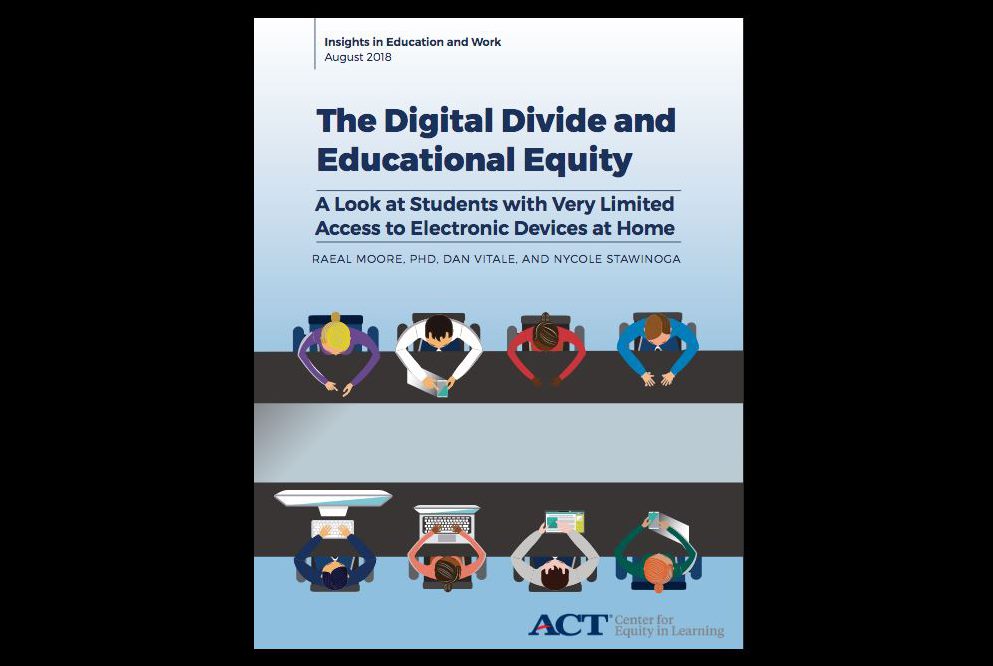
How the “digital divide” can affect students’ learning
by Pisana Ferrari – cApStAn Ambassador to the Global Village
In the age of “EdTech” are some students being left behind because of lack of access to digital devices? ACT has recently released the results of a 2017 survey of students who took the ACT test, which shows how family income, racial/ethnic background, geography and other factors impact how many electronic devices a student can access at home. This, in turn, can affect students’ ability to work on assignments, as they may have to share devices with other members of the family, which limits the availability for homework. The CEO for ACT’s “Center for Equity in Learning” says that “too often the talk about the digital divide focuses on adults-this survey shows us what it’s doing to young people and how it could affect their learning,” so that “when we question why we have education inequity, these insights about the digital divide should be kept in mind”. The report contains a number of policy recommendations which focus on expanding device and internet access as well as ensuring students can access materials needed for school-related activities via mobile technology.
ACT press release @ http://leadershipblog.act.org/2018/09/digital-divide-compounds-us-education.html
Full report @ https://www.act.org/content/dam/act/unsecured/documents/R1698-digital-divide-2018-08.pdf